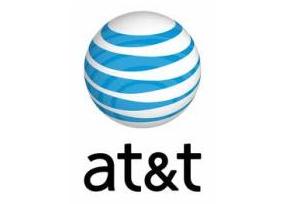A new set of LTE modules will help businesses lower costs and improve device performance for a broad range of Internet of Things (IoT) applications.
AT&T and Wistron NeWeb Corp (WNC) have developed the M14A2A Cat-1 and M18Q2F Cat-4 modules. WNC is an industry leader in design and manufacturing of advanced communications products. AT&T has now certified the modules to run on our 4G LTE network.
“The certification means we can better help our customers attain the easiest and quickest deployment of AT&T’s pioneering LTE Cat-1 service,” said Chun Lee, head of the Global Business Development Division, WNC. “The modules are the perfect solutions for IoT connectivity. They are the smallest AT&T-approved Cat-1 modules and offer the most flexibility for compact LTE IoT devices.”
“Based on standardised design, these modules can help drive down the costs of LTE connectivity to help businesses gain competitive advantage through IoT,” said Chris Penrose, senior vice president, AT&T Internet of Things Solutions. “Our customers will be able to deploy a wide range of IoT solutions more efficiently and upgrade to Cat-M1. Our Smart Cities, Industrial Enterprises and wearables customers are eager to take advantage of these new capabilities.”
The M14A2A modules will be eligible for firmware updates to LTE Cat-M1 in 2017. This will be in time for launch of our Cat-M1 network specifically built for Low Power Wide Area IoT use. This use extends coverage and reduces battery consumption. We plan to trial the technology later this year.
The launch of the M14A2A module is the first step in our plans to provide feature-rich and efficient solutions to IoT device makers. WNC will issue firmware updates that will support the 3GPP Power Saving Mode.
The M14A2A is a single mode LTE Cat-1 module. It’s available from WNC at an exclusive price for AT&T customers of $14.99, plus applicable taxes.
The M18Q2 family of modules are available with options including LTE Cat 1 or Cat 4, 3G fallback and GPS as needed.
The modules use an industry standard surface-mount package specified by the European Telecommunications Standards Institute. Companies can use the design module to build IoT devices that easily interchange modules for different uses. It also simplifies transition to next-generation modules.
About 9 billion “things” — from connected cars and traffic lights to asset trackers on ships, utility meters and household appliances — now connect to the IoT. The total is expected to rise to between 20 billion and 50 billion by 2020.
Comment on this article below or via Twitter: @IoTNow_ OR @jcIoTnow










